A couple of months ago, pv magazine USA wrote that the United States doesn’t specifically track rooftop solar panel fires – with the U.S. Fire Administration (USFA) classifying them in the “other” category. However, Lawrence Shaw, owner of High Powered Solar that does residential solar preventative maintenance (PM) in Arizona, reached out to the USFA to request the data, had it delivered via CD (that can be accessed here if you’re curious), extracted said data (see code at bottom of article), and added a bit of analysis and projection in the below image.

Shaw’s focus on preventative maintenance (PM) was shaped by his prior experiences as a nuclear electrician with the US Navy and field service engineer for utility-scale solar inverters, where it’s your job to spot issues before they become a problem in the world’s oceans or investor’s pocketbooks.
In a document published earlier this year (pdf), he pointed out the need to create an industry standard for residential PM that includes annual visual inspections, and infrared imaging specifically to look for system hotspots. The below image, from his company’s Residential PV Solar System O&M Scope table of contents, shows that his own work goes further, something he wishes other did.
He notes that in California electric utility Pacific Gas & Electrics’ upkeep standards for solar power leave much open to interpretation, “Those practices, methods, and equipment, as changed from time to time, that are commonly used in prudent electrical engineering and operations to design and operate electric equipment lawfully and with safety, dependability, efficiency, and economy”. Shaw leaves nothing to the imagination.
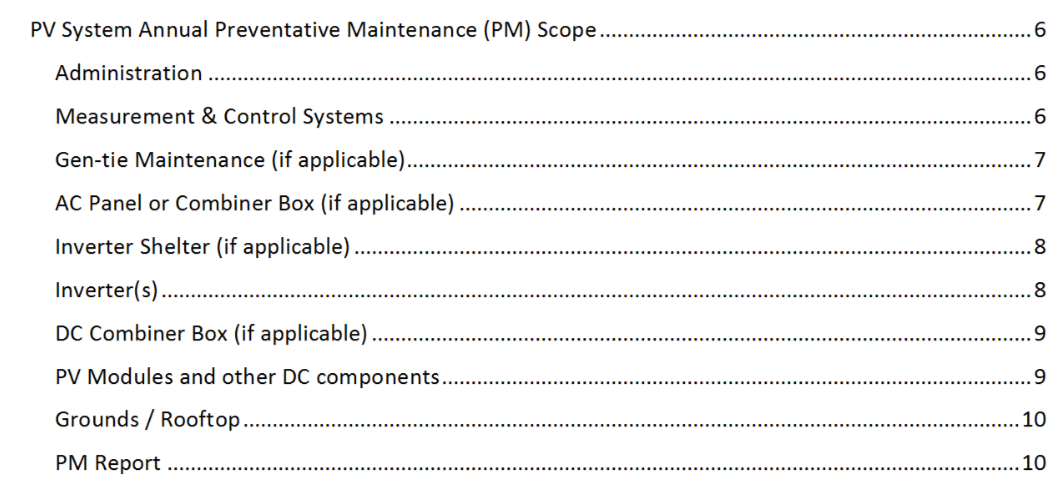
FEMA suggests tightening your bolts is the number one thing you can do to combat wind issues, while many professionals suggest checking your wire connections – and picking compatible components in the first place – it the best thing to do for fire prevention. Shaw notes that while he has seen Tesla Energy start pushing their customers toward annual PM, this is the aberration versus the rule.
An installer’s warranty is usually only for one to two years and although some contracts do allow for service, this is usually only for unplanned inverter outages. We have yet to encounter a residential contract where the installer is obligated to complete Preventative Maintenance.
There is increasing evidence that a decent percentage of systems need some attention post installation. One of Shaw’s inspections that he shared with us showed leaks in the roof where the solar was installed and broken solar panels (below images).
In 2019, Shaw projected above, we’ll see just short of 90 fires started by rooftop solar power in the USFA databases as the nation passes 2 million installed solar systems. Do note though, there are fires occurring behind the close doors of larger projects, managed by O&M professionals, that aren’t leading to reports we can track. pv magazine USA conversations with sources that are limited by confidentiality agreements and our prior Quality Roundtables with utility scale industry professionals both verify this.
Shaw suggests two limitations in the USFA data, and with more than a gut feeling, says we are experiencing more solar fires than the data shows. The USFA depends on local agencies to collect data, however, if the local reporting agency doesn’t have a term or category defined for fires that originate in solar system equipment, these events may get categorized as something else and are missed.
Another weakness in the data is that there’s no publicly available data, that Shaw is aware of that, quantitatively points to where within a residential PV system (modules, j-boxes, inverters, etc.) common origination points are for fires. We know that utility scale people have this knowledge within their closed books.
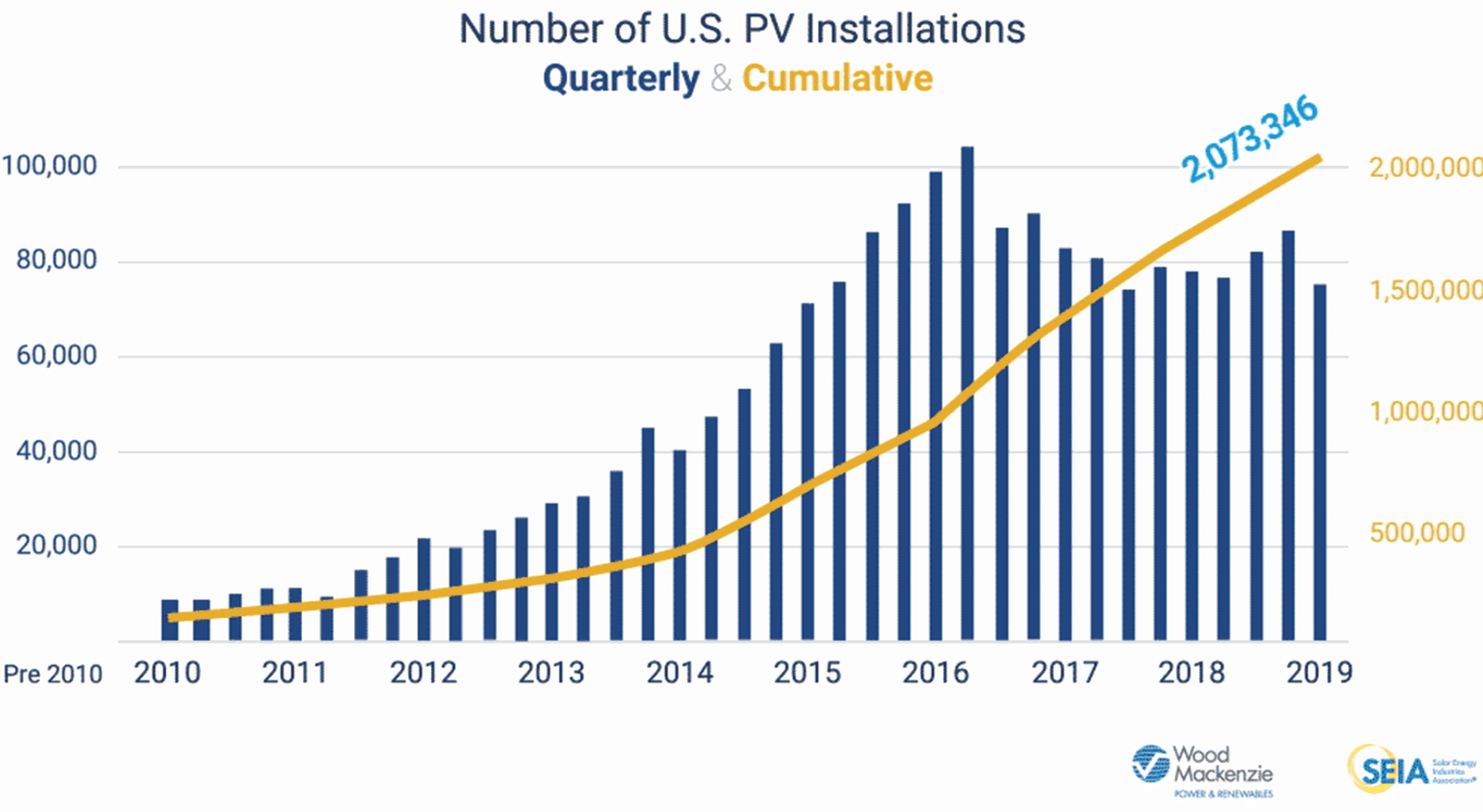
And while nearly a hundred fires is something to be worried about, it does mean that only 0.0045% of those 2 million systems will cause a “thermal event” (fire) that reaches the NFDC databases this year, and 99.9955% won’t. However, as the large majority of solar power systems have been built in the last few years, we ought expect an increase in rate of fires per system as hardware ages and connections lose their hold in nature’s fury.
Shaw sees that adding energy storage to the equation, has a decent chance of increasing the rate of residential fires – and possibly worse – explosions. Arizona regulator Sandra D. Kennedy has suggested that lithium ion batteries – specifically those that will release hydrogen fluoride – “are not prudent and create unacceptable risks”.
And for those of you who want to delve into these numbers yourself, below are the SQL queries used by Shaw to extra the data from above linked to data from the USFA:
SELECT Fireincident.INC_NO, Fireincident.INC_DATE, Fireincident.FDID
FROM Fireincident
WHERE (((Fireincident.EQ_POWER)=”55″));
This content is protected by copyright and may not be reused. If you want to cooperate with us and would like to reuse some of our content, please contact: editors@pv-magazine.com.
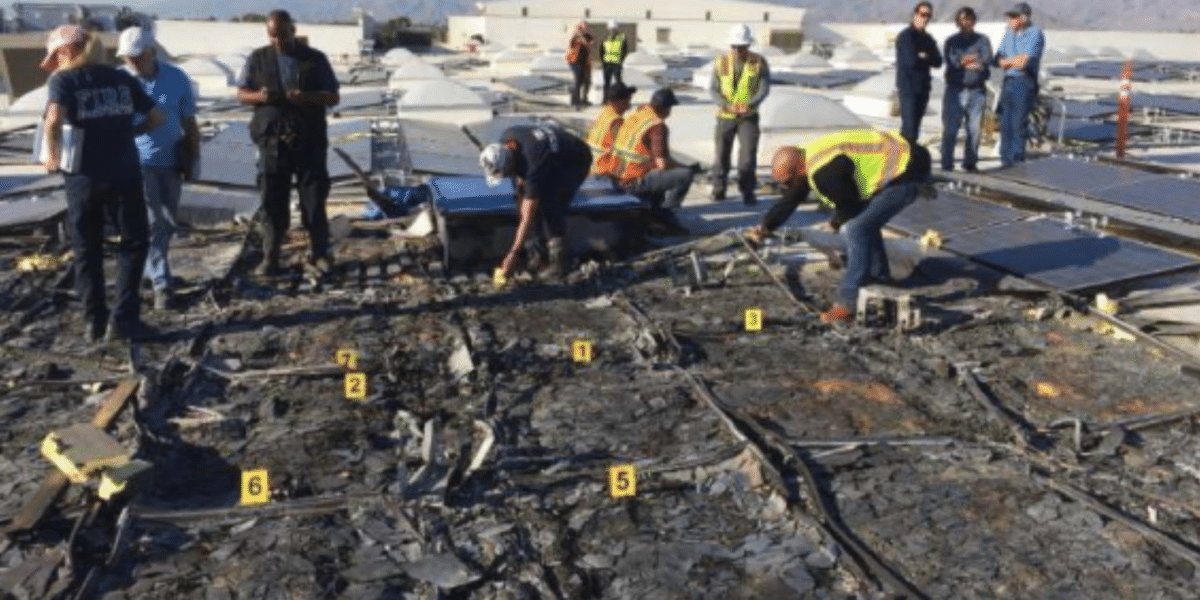







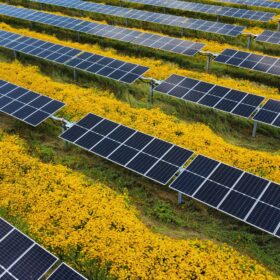
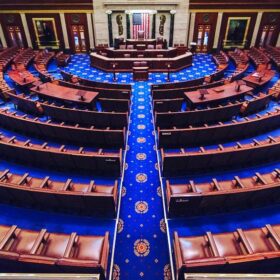
I applaud Lawrence Shaw’s efforts to raise awareness to a serious issue that has immense consequences. My own experience with PV rooftop fires is very well documented by Bill Brooks’ (www.brooksolar.com) investigation and analysis “The Ground-Fault Protection BLIND SPOT: A Safety Concern for Larger Photovoltaic Systems in the United States”. http://www.solarabcs.org/about/publications/reports/blindspot/
I was the project manager responsible for the Mt Holly installation at the time. We immediately removed all of our rooftop PV systems from service and retrofitted them with a monitoring system that automatically disconnected them from service upon ground fault detection. Whilst 0.0045% is a very small number, no preventable risk is acceptable when a potential life is at stake.